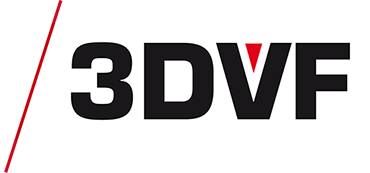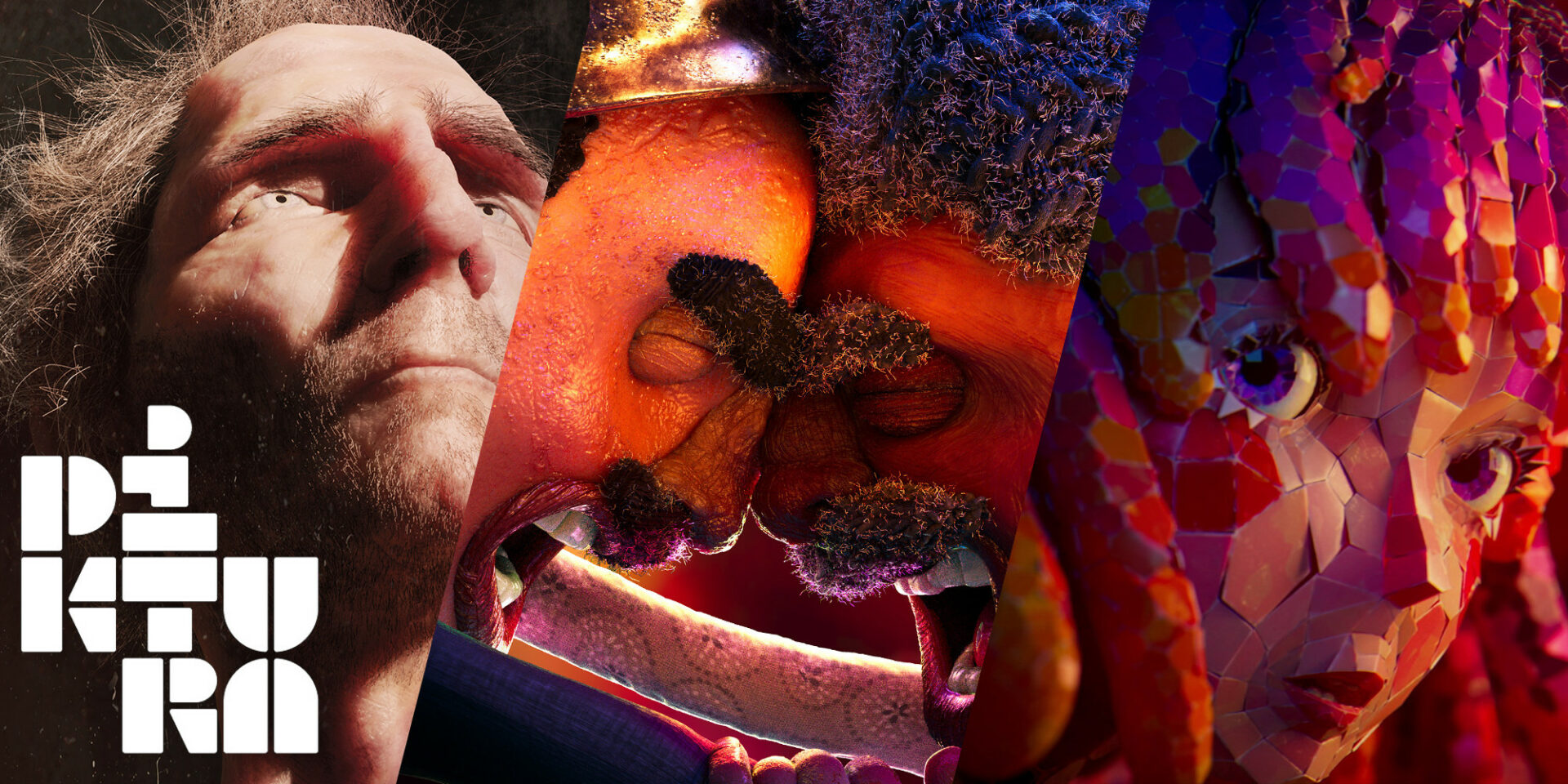This article is also available in:
![]() Français
Français
This article is sponsored by Piktura.
Formerly known as Pôle 3D, French 2D/3D animation cinema, video game and illustration postgraduate school Piktura School recently celebrated its 20th birthday. Located in Roubaix, Piktura is known for high quality thesis short films, featuring strong themes and a great diversity of visual styles. The school has been gaining momentum over the past few years, a trend reflected in festivals and studios alike: a few weeks ago, for instance, a former student joined Belgian studio nWave as a director.
Besides the qualitaty of the short films created at Piktura, students also show a willingness to take risks, while other schools might hesitate to break new ground.
How has Piktura managed to improve the way they teach and support their students? Find out in this article.
You’ll also find in this article a selection of recent Piktura short films, whether they are award-winning festival projects or shorts with a bold stance.
3DVF: Hello Piktura! Those who have been following the school’s progression have surely noticed a significant improvement in the quality of the school’s thesis short films over the last few years. Projects like Migrants and Les Larmes de la Seine, which have been featured in interviews on 3DVF (Migrants interview – Les Larmes de la Seine interview), have indeed garnered a slew of awards at festivals, including prestigious events like SIGGRAPH and the Student Academy Awards.
How do you explain this rise in prominence? Did you change the way students are selected when they join the school? Or did you improve the pedagogy at Piktura?
Piktura: We wanted to advance in filmmaking and especially not shy away from taking risks with the themes of our films. It wasn’t easy to get everyone on board with this idea, and the hardest part was initiating this transformation.
Initially, our selection process was timid, and our students didn’t have concrete examples of what they could achieve in terms of more mature films. It took a lot of discussion and gradual progress for them to realize what they could dare to propose and with what relevance.
“We look for students motivated by the idea of telling their own stories, discussing topics that touch them, all while having a great deal of artistic freedom”
Piktura
Our pedagogy also had to evolve, trying to push our production limits, both in terms of the significance of our films and increasingly complex production techniques. We needed to be more curious about everything that could enrich us, from keeping an eye on external films to any interesting artistic endeavor.
We wanted to be part of this exciting evolution of film content becoming ever more innovative.
As time goes on, we continue to look for students motivated by the idea of telling their own stories, discussing topics that touch them, all while having a great deal of artistic freedom. This involves a lot of discussion and significant support from the teaching staff.
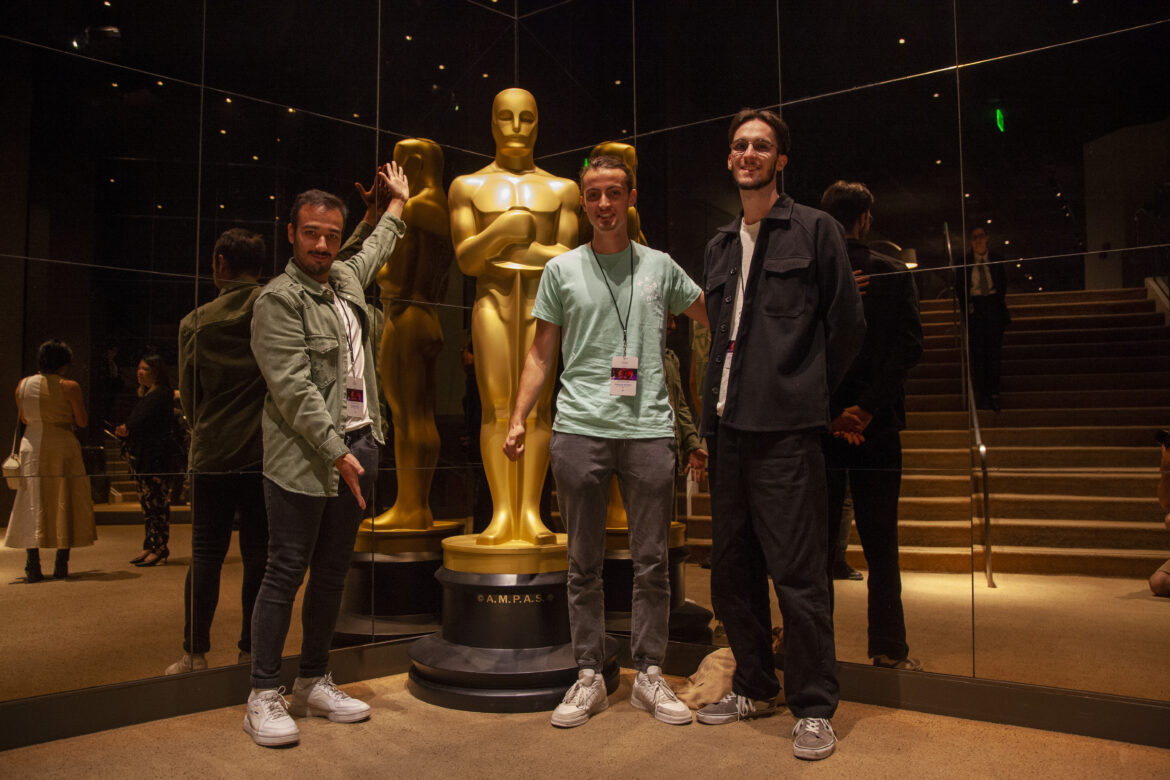
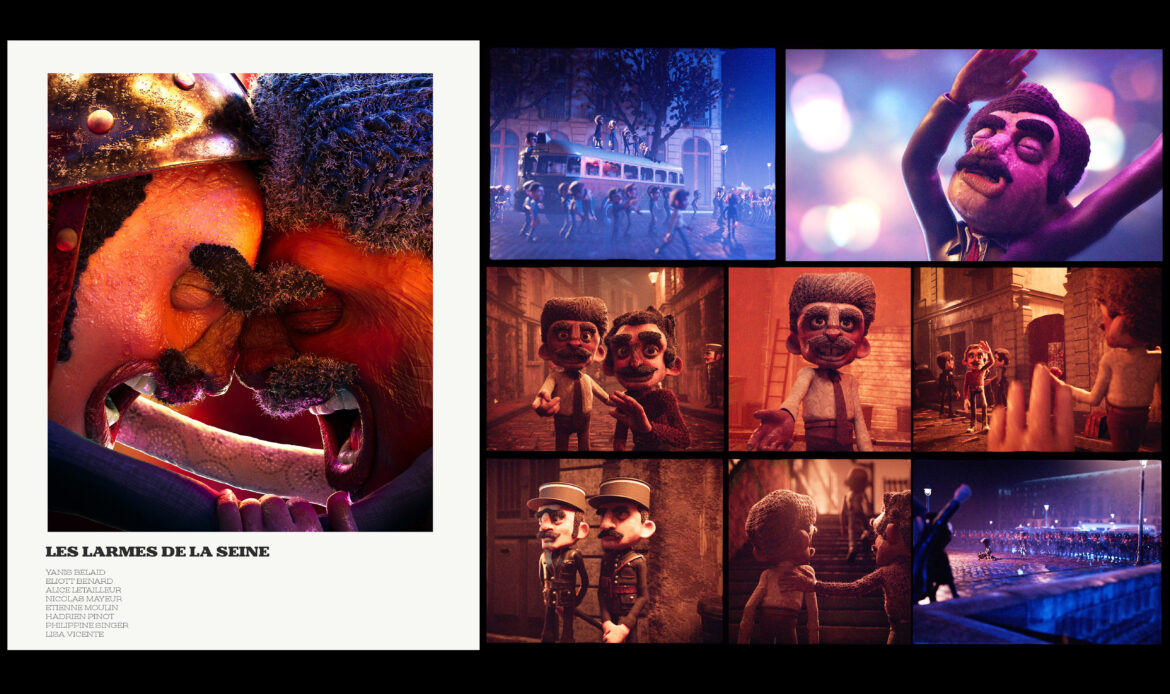
3DVF: A notable point at Piktura is the decision to also have teams of students create short films during the third year, which is not the case at all schools, but also to showcase them during the final year juries.
Why these choices?
We believe this dual experience is beneficial as our fifth-year students gain a maturity in filmmaking linked to their third-year film experience.
It should be noted that we send both third and fifth-year films to festivals so that our students better understand the stakes of filmmaking.
This also creates a dynamic where fifth-year students show more ambition compared to their first film, and third-year students challenge themselves to ensure their films can compare to those of the fifth-year students.
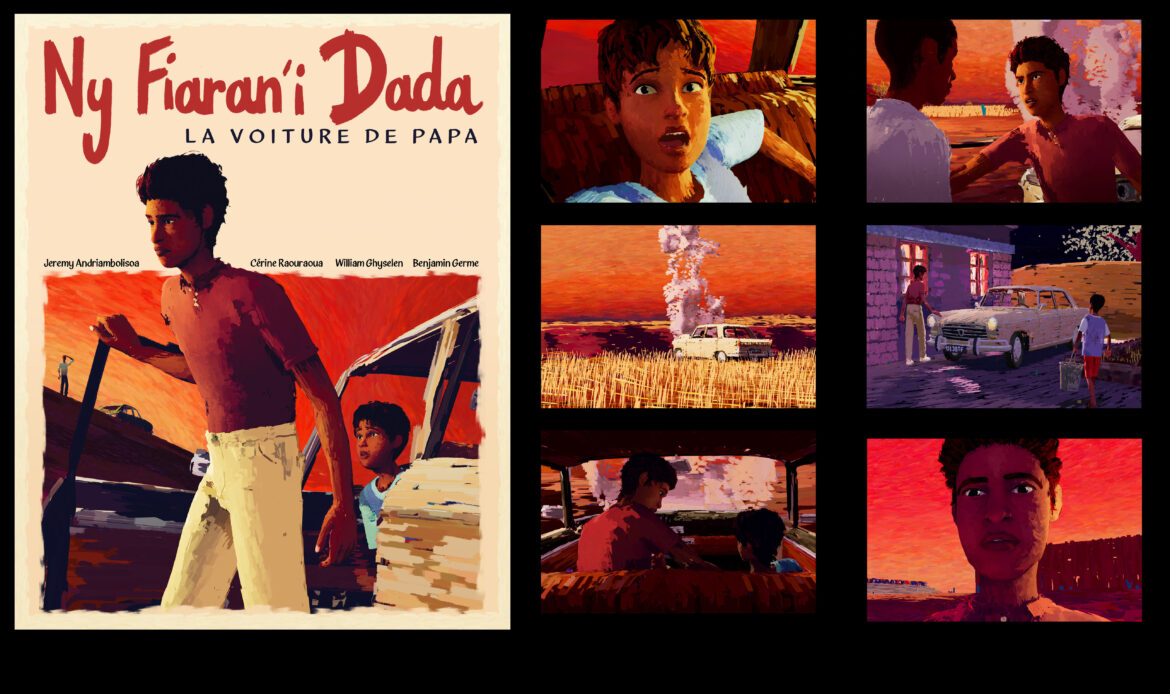
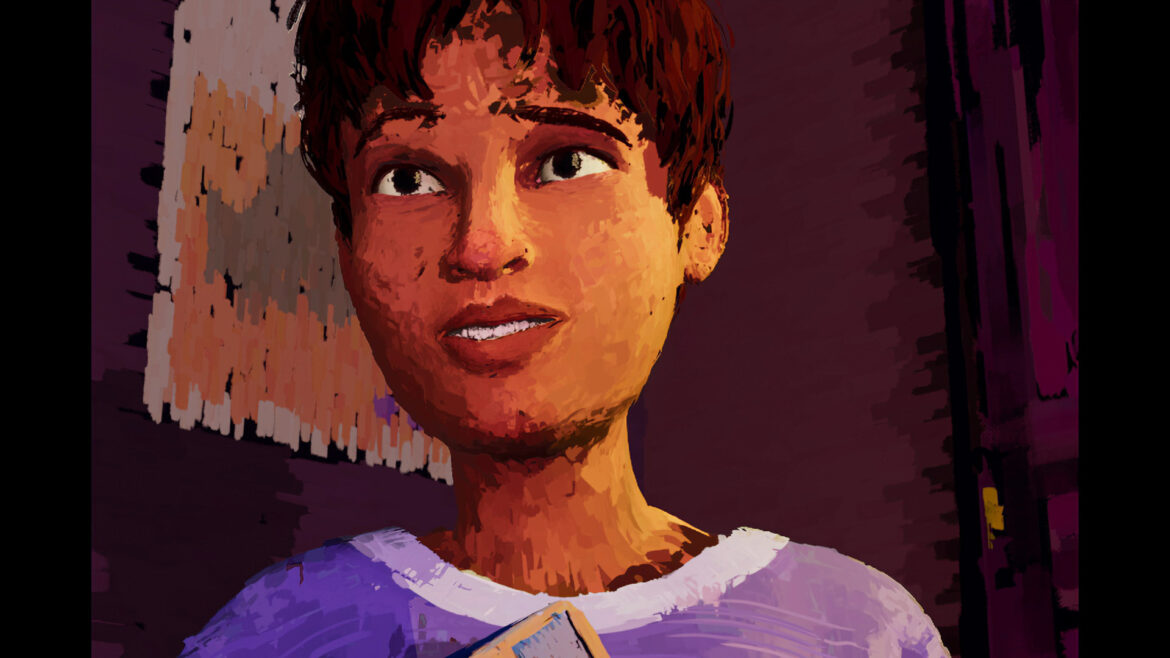
3DVF: Visually, the shorts offer a variety of styles, sometimes featuring very stylized rendering, like the 3D Fauvism of Ny Fiaran’i Dada. This obviously involves creating a pipeline, specific tools, which means there are many pitfalls to overcome.
How do you assess these risks to prevent students from embarking on paths that may be too complex?
The teams formed for production include artists, technicians, and designers. By the time they reach the Master level, our students have gathered the skills necessary for production. It is precisely this risk-taking that strengthens our productions and gives them very good references after graduation.
At our school, the production of films with stylized rendering is typically developed in the fifth year, which often involves significant technical development to achieve a new visual approach. This substantial development requires having students in the group capable of meeting this technical challenge. Teachers must therefore know the technical and artistic potential of each students and provide the necessary support to meet these complex challenges.–
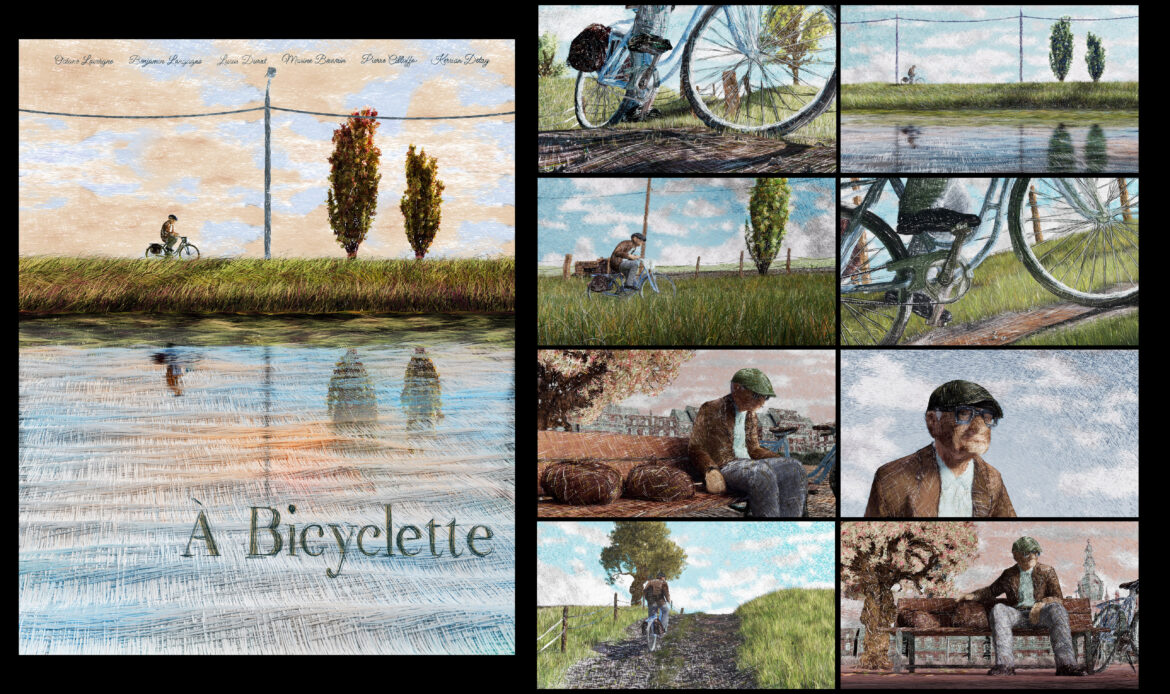
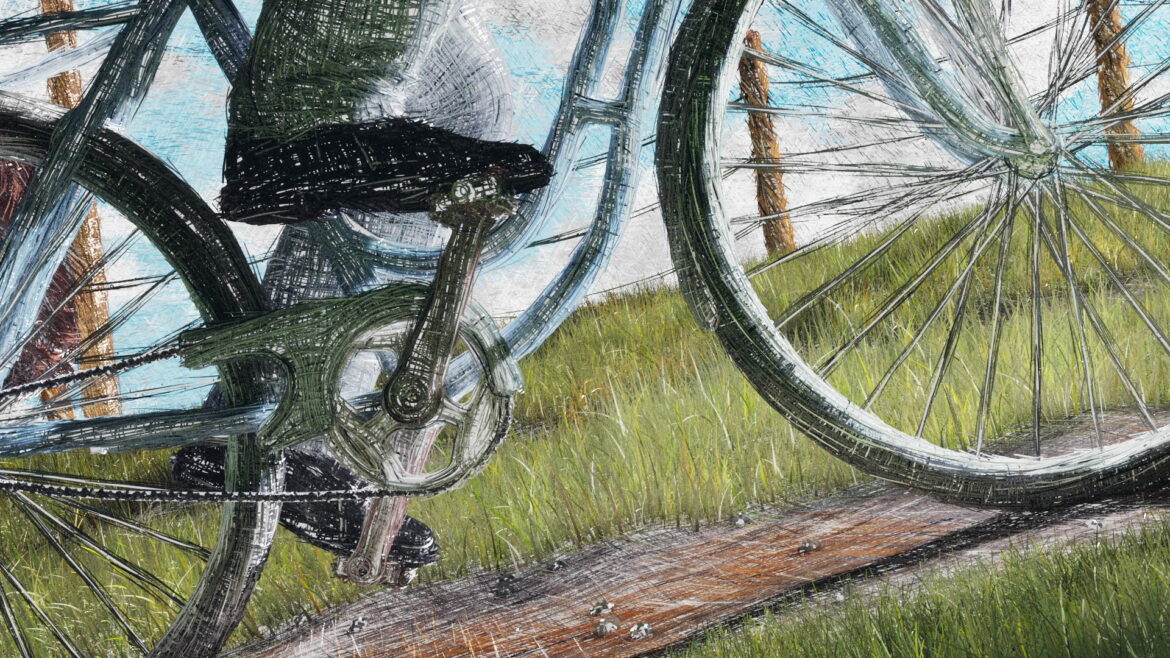
3DVF: Another striking element is the great diversity of topics. Les Larmes de la Seine revisits a dark chapter of French history, Ferme les yeux addresses sexual abuse, A Bicyclette follows the last days of an old man… Other schools stick to more conventional subjects. Is it a deliberate choice on your part to push students towards strong themes?
These strong themes come from our students, and we are attentive to the messages that the new generations want to deliver. We do not influence our students on the themes but assist them as best we can so that the message delivered is as pertinent and adequate as possible. Like the technical follow-up, there is an artistic follow-up to help our students make the most of the potential of their initial idea.
One of the pedagogical axes of our school is to offer unique contemplative and interactive experiences. Each work must enable us to overturn conventions, to change the perspective on a theme from the past or current events.
“We are attentive to the messages that the new generations want to deliver. Each work must enable us to overturn conventions.”
Piktura
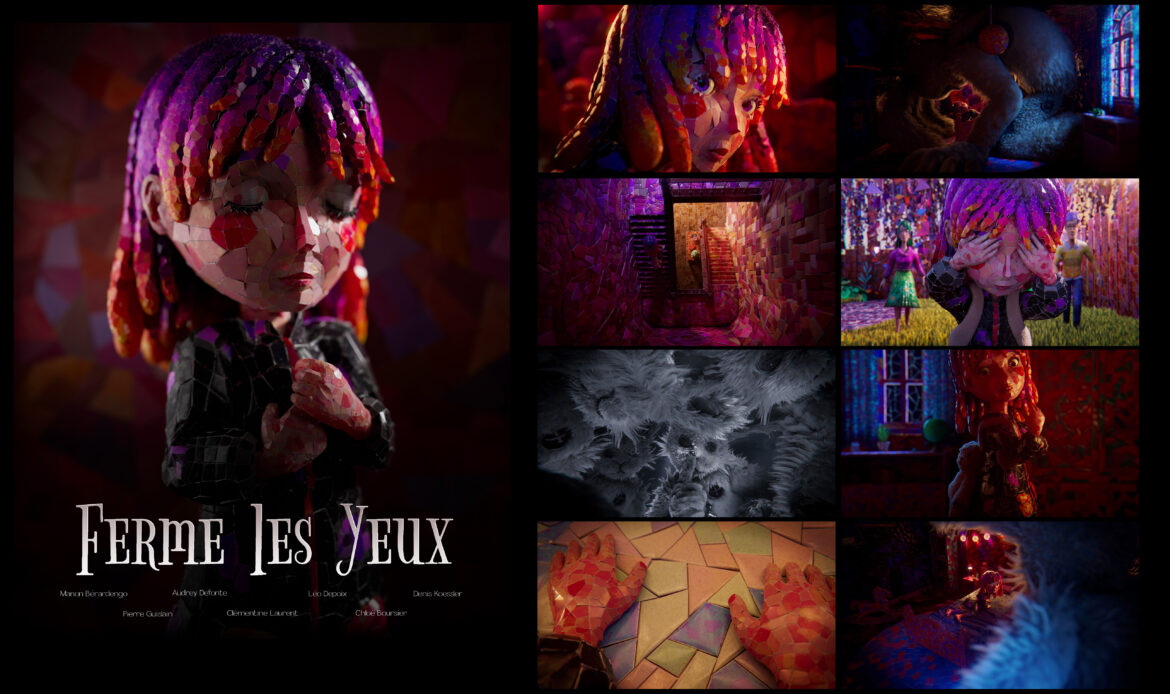
3DVF: How does the process of choosing pitches/topics work? How do you guide the students, and what limits do you set? And how do you ensure that students are comfortable enough to also tackle sensitive/tricky topics?
Our students suggest subjects via a production file (character concepts, set designs, screenplay, storyboard). Then, a selection is made by the teaching team. The leaders of the projects are selected based on the chosen topics. Finally, students rank the topics that inspire them the most, and the teaching team forms groups based on preferences and complementary skills, especially those necessary for the needs of production.
3DVF: Conversely, we’ve seen few comedies in recent years at Piktura: is that by chance, or a deliberate choice?
It’s true that each institution has its own style and narrative tone, and it’s also true that comedies are rarer with us. This depends on the initial proposals from our students. We often explain to our students the genesis of creation; there’s often a part of melancholy or malaise that one wants to express in a creative process. This is evident in most artistic movements, in literature as well as music.
Comedy is a very challenging genre to address. Our films, however, do contain some humorous touches inherent in the pedagogical project of the school.
We do not close off the comedy genre to our students. However, it is necessary to find a project that brings something new. If we identify an innovative and relevant comedy, we will not hesitate to take up the challenge.
“We learn to trust ourselves in order to explore new staging options”
Piktura
3DVF: A few words also about guidance in terms of direction? For example, A Bicyclette is ultimately very contemplative, with a slow pace that could easily have led to drawn-out scenes, but which managed to hit the mark. Stabat Mater, a film that charmed the entire jury in 2023, relies on a dual narration and two long takes in parallel, again a risky choice.
How do you guide Piktura students so that these experiments don’t fail?
If we face a choice of conventional or more risky staging, we will always choose the riskier path. We learn to trust ourselves in order to explore new staging options with regard to our school’s filmography.
There must be the willingness to express something different. The 2 examples you mentionned come from director Océane Lavergne for A Bicyclette and director Hadrien Maton for Stabat Mater. They had this in them, this desire to break new ground.
We accompany them to make the most of their potentials.
To guide them, there is obviously a lot of pre-production with many experiments upfront. We then adjust, according to the students’ progress, the level of risk-taking. Sometimes we encounter a staging deadlock. If we lack time, we stay flexible to rebalance and find the best compromise.

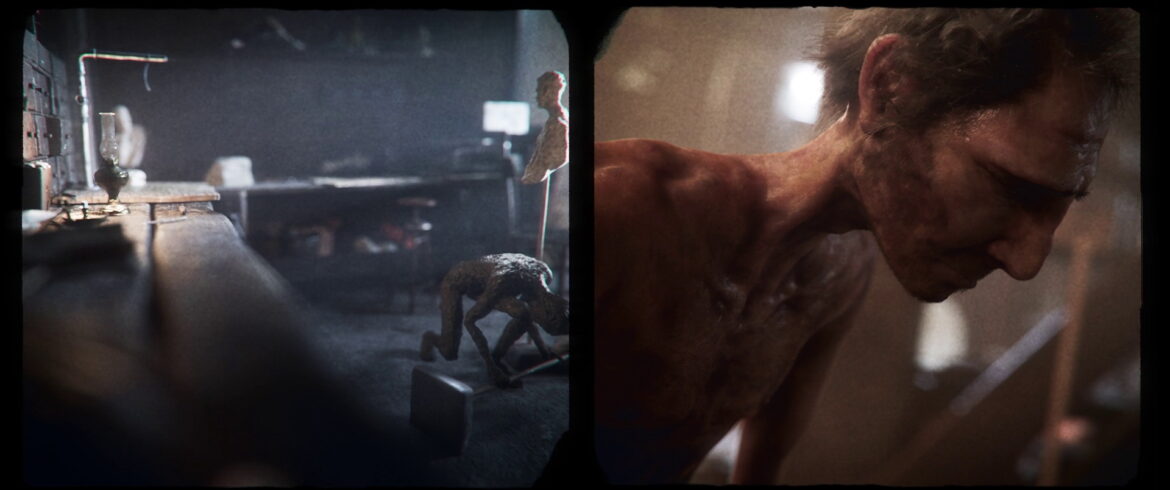
3DVF: The film that most pushed the limits of the experimental is undoubtedly Ideal, a third-year project at the crossroads of Baudelaire and “Broken CG.” A film that we greatly appreciated as graduation jury members last year, but which puzzled some other members of the jury.
How do you approach such a distinctly assertive project with the students?
Indeed, with a “Broken 3D” film featuring a nonlinear montage that flirts with narrative abstraction, we can say that the risk-taking is maximized.
From our side, we find it interesting to produce films that provoke reactions, questions, and seek to evoke different emotions. Films that divide are often a good sign.
The tone of IDEAL comes from the spirit of director Mathilde Nicolas, who has a very personal artistic world, so it was easy for us to approach the experimental style. However, it is sometimes more complex to get the students who will work in a group to agree. Even though they choose the projects they want to work on, it is necessary to ensure that the team understands the stakes well, that they are not under a false idea of the final direction. For this, many exchanges are necessary, we must try, as a team, to imagine what we want to deliver.
In conclusion, we always stay with the idea that every film that attempts to innovate is a stepping stone for future generations and that this will allow us to push the boundaries of future artistic experiences even further.
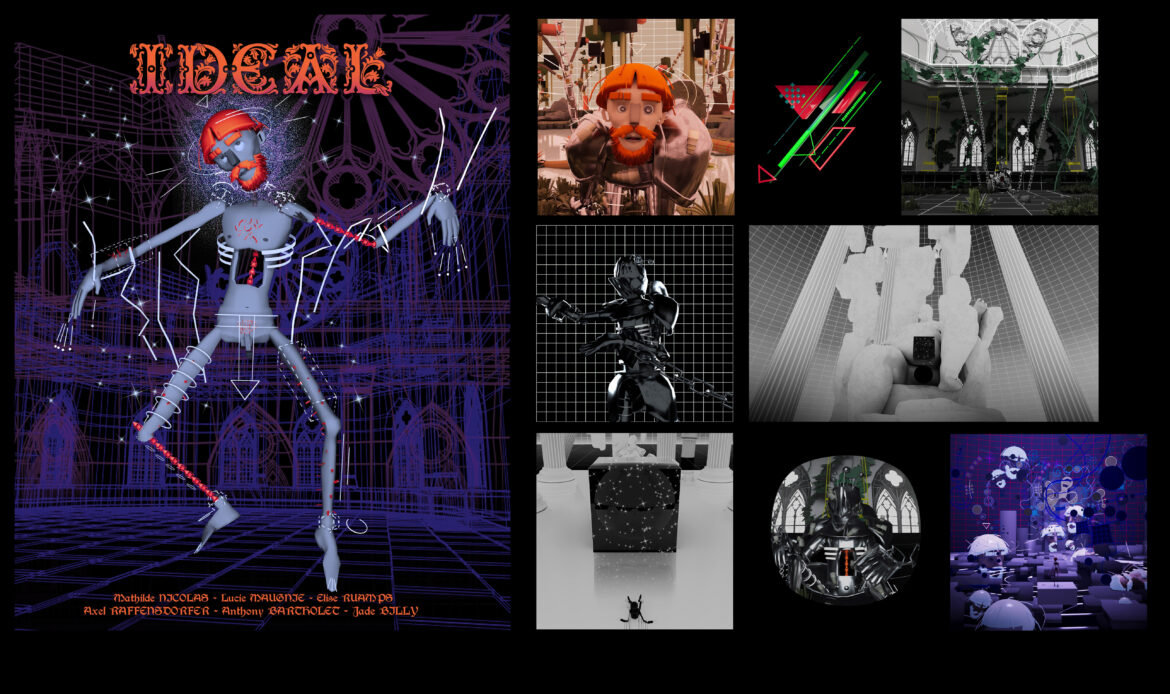
3DVF: You have many opportunities to talk with studios, for example during the graduation show or conferences.
How do you handle this feedback, how to you tweak and improve what is taught to the students?
All forms of meetings with professionals represent an opportunity for our young talents. It’s a crucial issue and we try to invite as many representatives as possible to create links.
Like most schools, we are present at fairs to inform our future students and participate in various events to discover new trends and challenges that stir the audiovisual community.
“We now have a very important focus on festivals”
Piktura
3DVF: Producing a good thesis short film is not enough to make it known to the world.
What is your strategy for showcasing films at festivals? And how do you decide which student short film is a good fit for a specific festival?
With our past experiences, we now have a very important focus on festivals. We trust our expertise in selecting the films we submit.
As mentioned earlier, we want our students to understand the stakes of filmmaking, to meet directors of their generation or more experienced ones. They confront producers, organizers, and jury members to create emulation and open up their future network contacts. Going to a festival is not suitable for all students, but rather for those who are seriously interested in understanding the mechanics of filmmaking.
It’s also an opportunity for our talents to travel the world after hard ambitious work. Defending and receiving feedback on their films is enriching and rewarding for them.
When a film stands out, they are invited and supported by renowned festivals. Students also receive significant financial awards when they win prestigious prizes.
To help us in this distribution, we are fortunate to collaborate with Patrick De Carvalho of Je Regarde, whose mission is monumental and contributes to this global team effort.
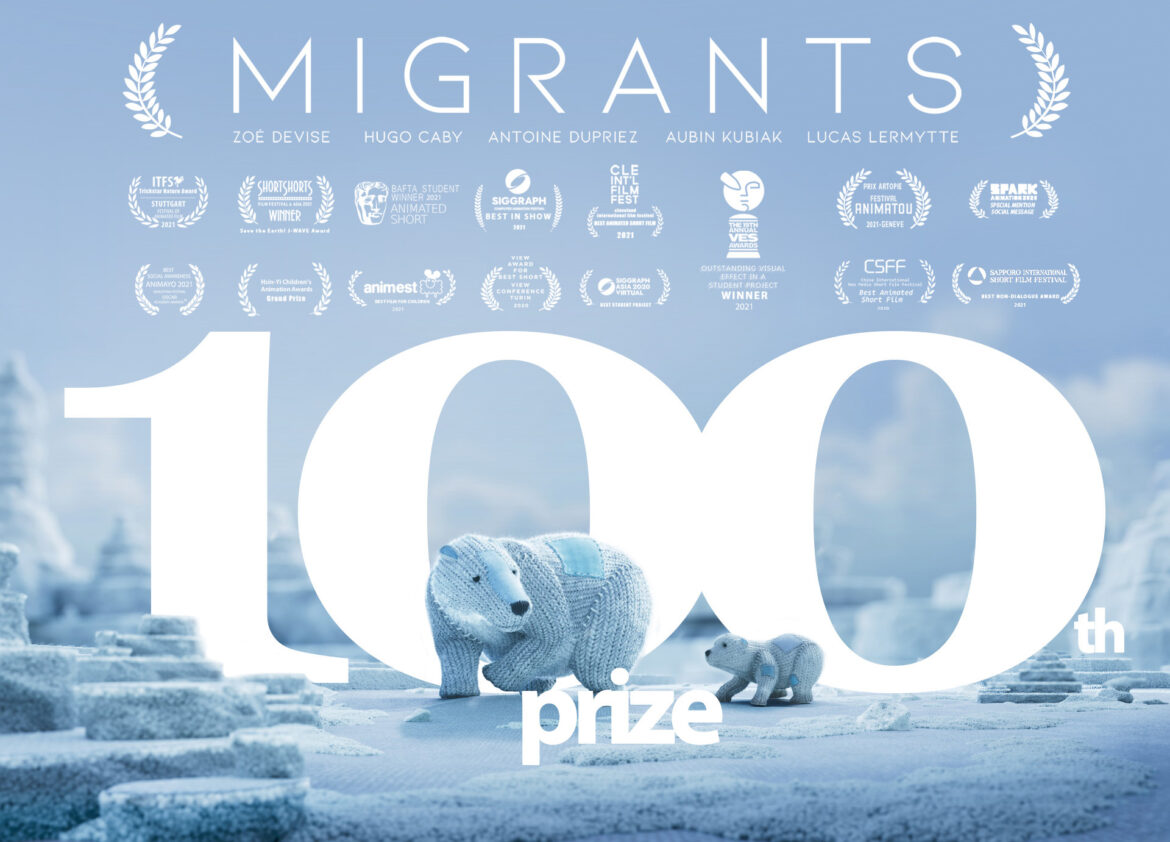
3DVF: Let’s talk about generative AIs. The topic generates passionate discussions in the industry, and a strong division between enthusiasts, some who are cautious, and those who fear that it may kill jobs… What is your take on this topic, and how do you address it in the Piktura curriculum? What is the feeling towards generative AI amongst your students?
From our perspective, progress is underway, and we must consider it as such, it will certainly revolutionize our jobs and production tools. However, what distinguishes a creative from an AI remains singular because intention is a priority that seems important to protect and guarantee. The intention of an artist to denote or connote his images, to manipulate languages, layouts, forms, colors, and symbols are among the ingredients that are combined to deliver a work, whether collective or individual.
To this end, we believe it is useful for our students to experiment with different generative AI tools, with, undoubtedly, a high chance that it will become a form of “production” assistant acting on certain design or implementation tasks for artists / technicians of our professions. We will integrate dedicated pedagogical modules starting next fall.
Furthermore, we launched a committee to monitor this issue, composed of heads / directors of departments, teaching researchers and researchers. This committee is exploring the possibilities, uses, and best practices to be implemented in our curricula.
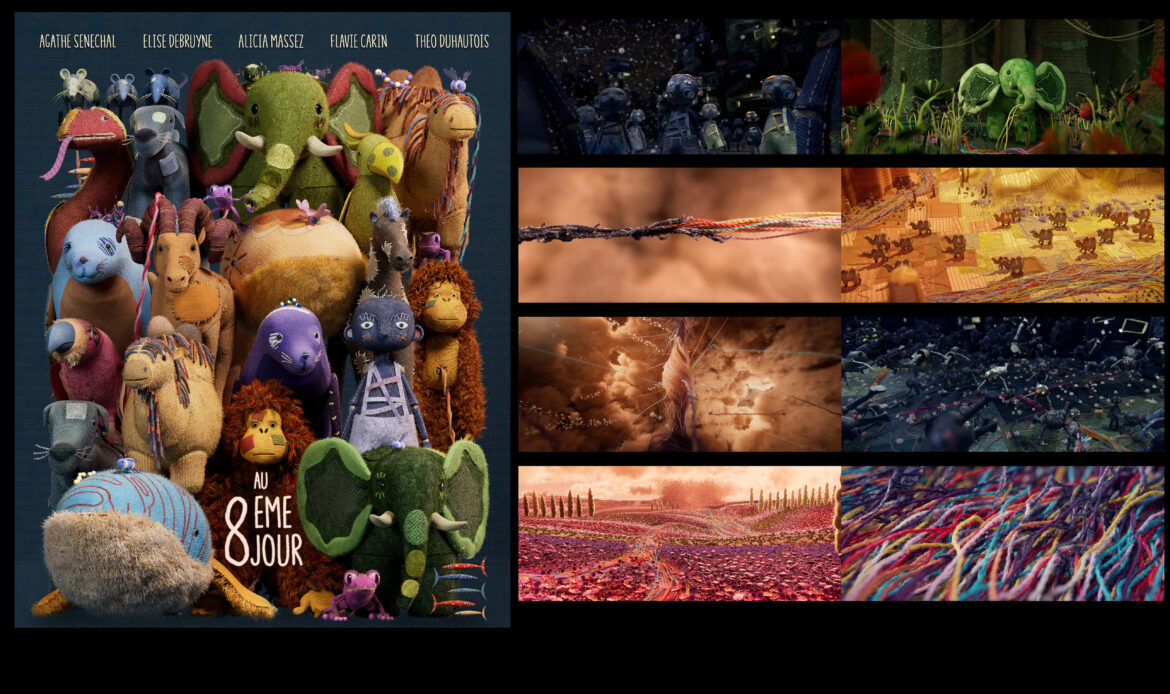
“publish a carbon footprint assessment each year and reduce our emissions by at least 30% by 2030”
Piktura
3DVF: Another major challenge in the industry: the transition towards more sustainable practices, despite the fact that 3D animation requires power-hungry computers and hardware upgrades. As a school, how do you approach this issue?
We closely follow these topics, the Catholic University of Lille and its schools are signatories of the Grenoble Agreements. In essence, this sets objectives for our entities, to train employees and students on socio-ecological issues, to transform our campuses to meet these challenges, to publish a carbon footprint assessment each year, and to reduce our emissions by at least 30% by 2030 (and even 35% to be aligned with the global 2°C target…). For these reasons, our new campus is also more virtuous, with better energy performance and reduced carbon emissions. We have also implemented vigilance systems regarding energy saving (automation of deep sleep modes and system shutdowns, management of computing periods…). In terms of pipeline, the school also develops production management and monitoring tools to avoid energy wastage on non-optimized renders. And finally, through our links with our partners, notably regional professional associations (Noranim, Game IN…), we remain attentive to the various emerging tools that can measure the carbon impact of producing a type of animation film or video game.
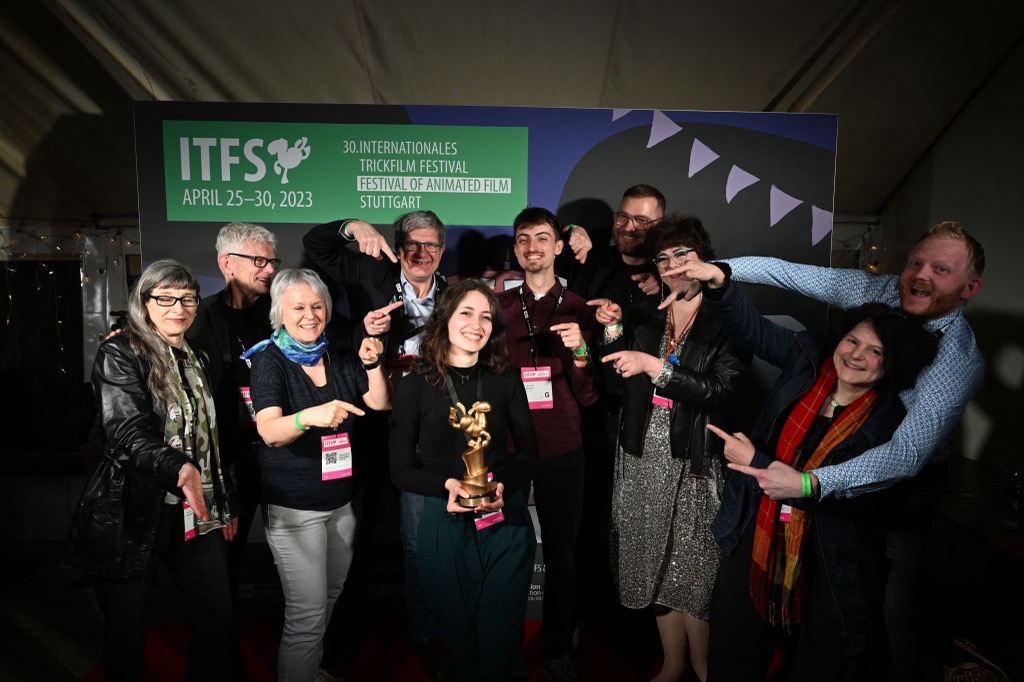
Credit: ITFS/Reiner Pfisterer – CC BY-NC-SA
3DVF: One last question: what are your priorities for the coming years, in terms of pedagogy, school development?
As our students improve, so must our pedagogy year after year.
We still have many areas where we need to be more relevant. There is something stimulating and we try to see how far we can push our limits as a team.
We will continue to let our students express themselves, and we hope that talented new generations will want to join us to perpetuate and evolve cinematic staging. May future talents come to us to develop their potential for tomorrow!
Learn more about Piktura
- Piktura’s website. The homepage features a selection of the best student projects.
- On LinkedIn, Piktura students and alumni.
- 3DVF interviews on the end-of-studies shorts Migrants, Les Larmes de la Seine, and the Piktura page in the 3DVF CG schools directory (in French).
